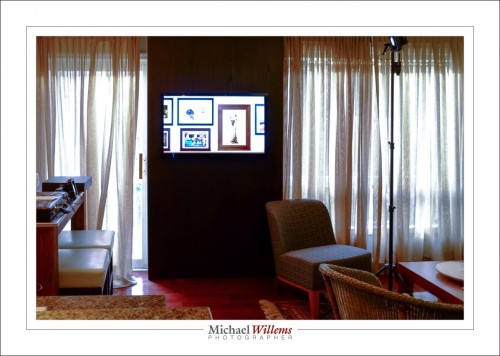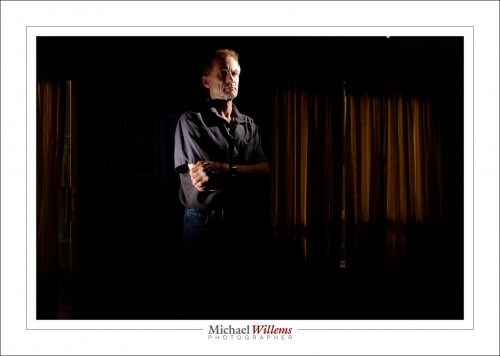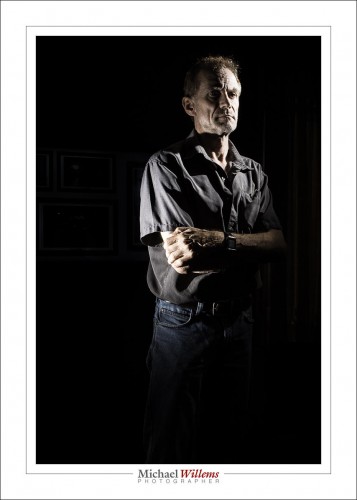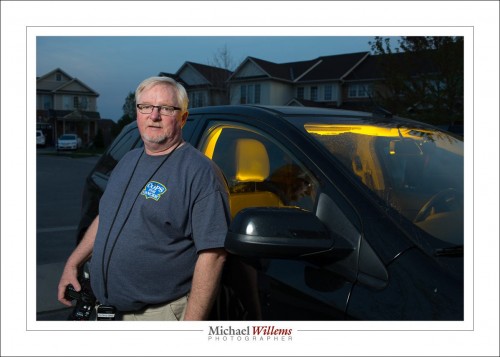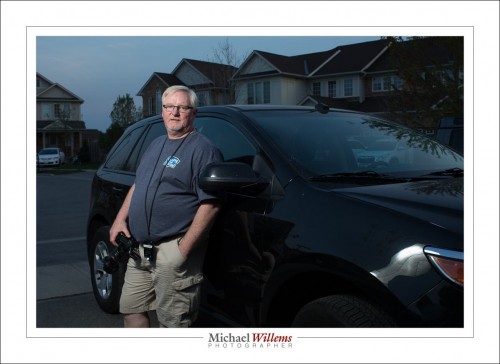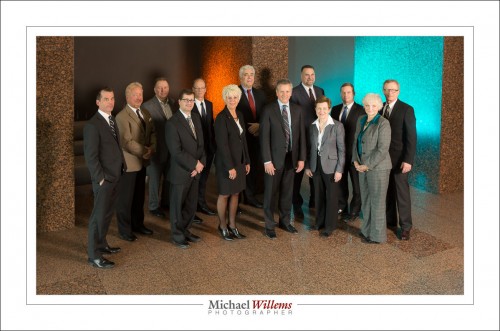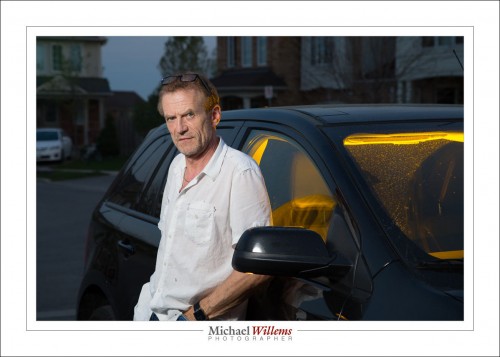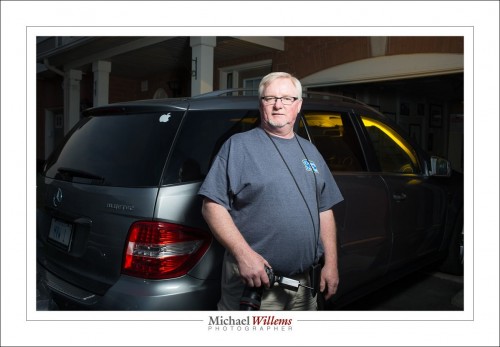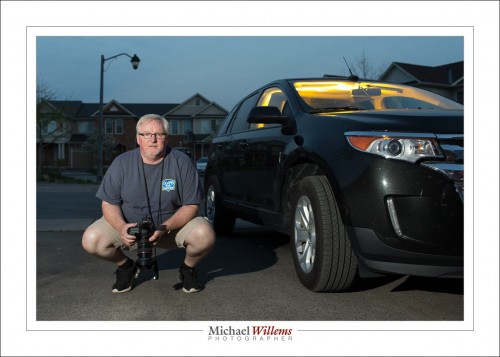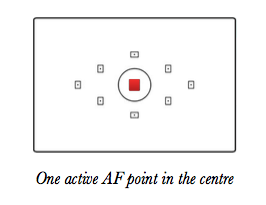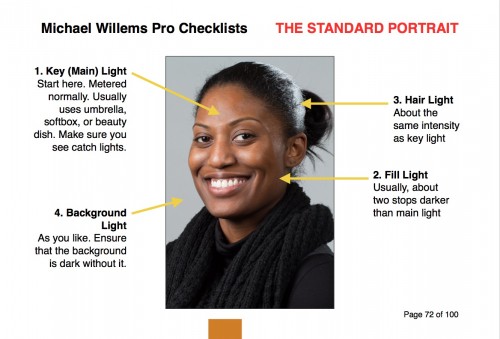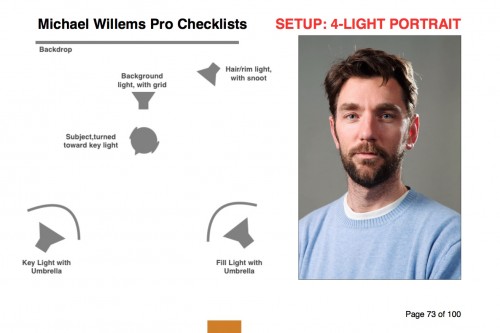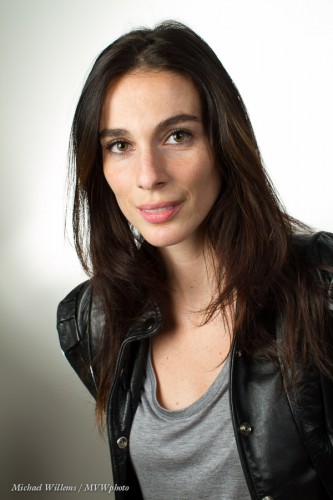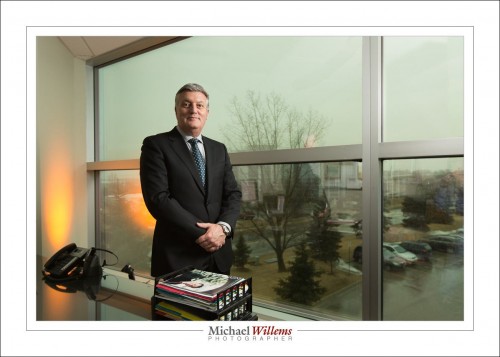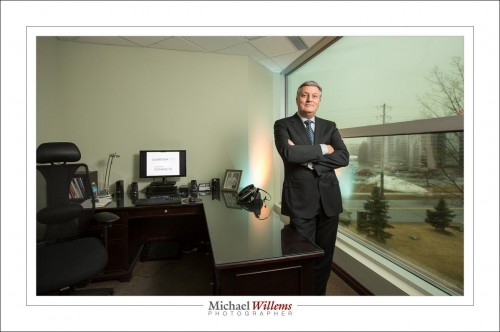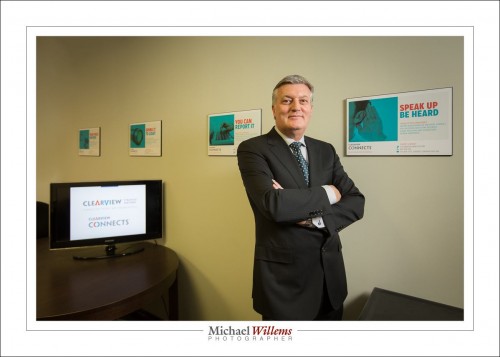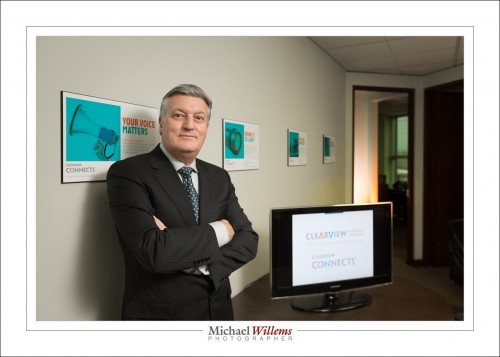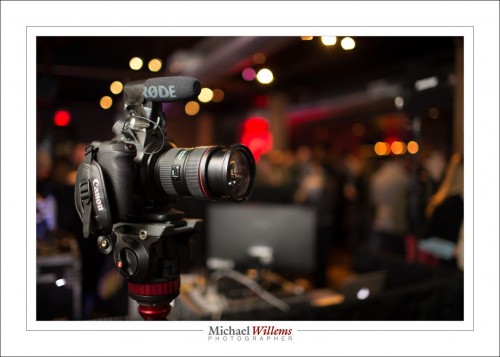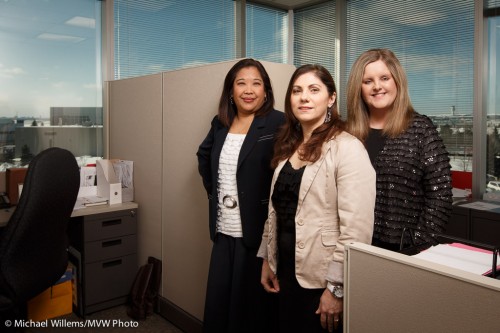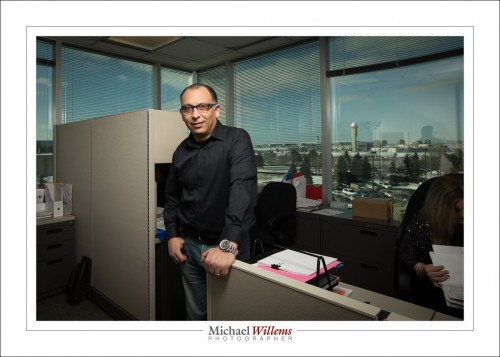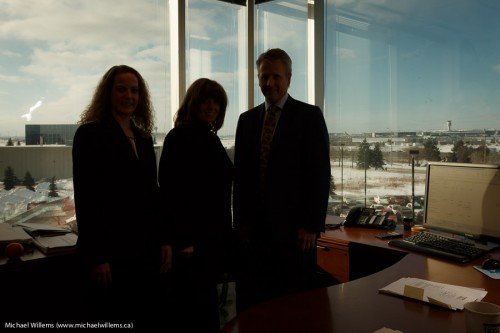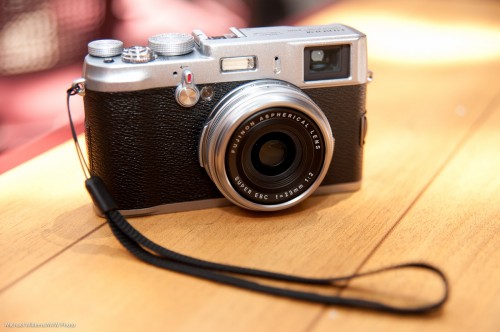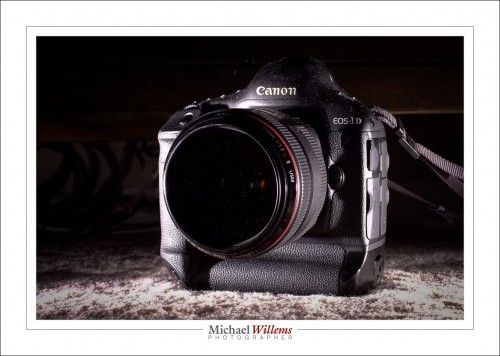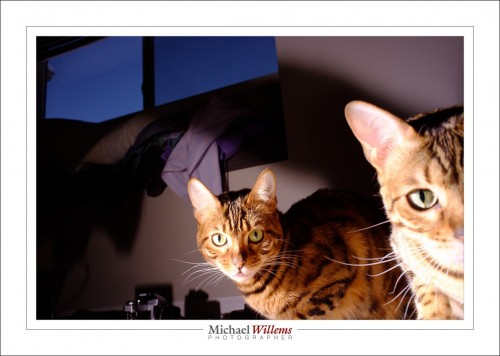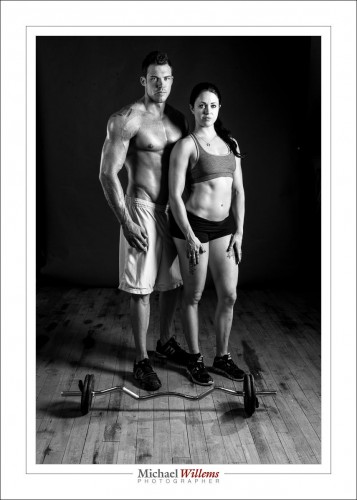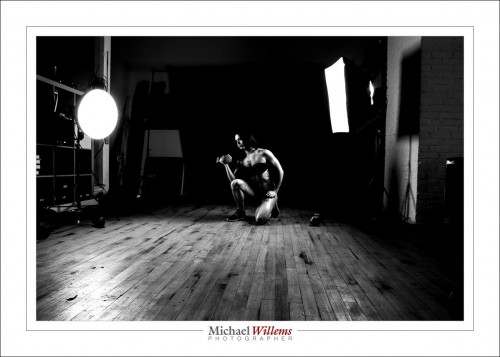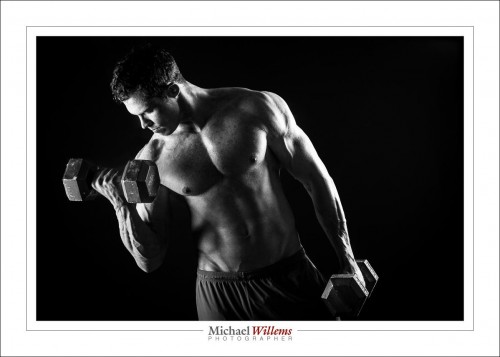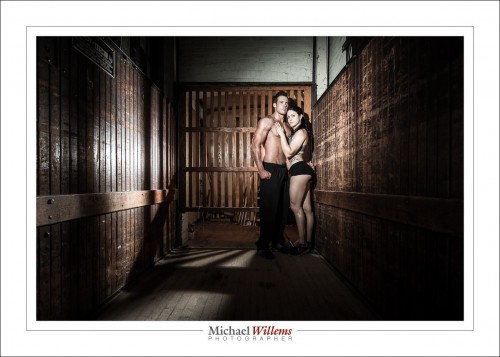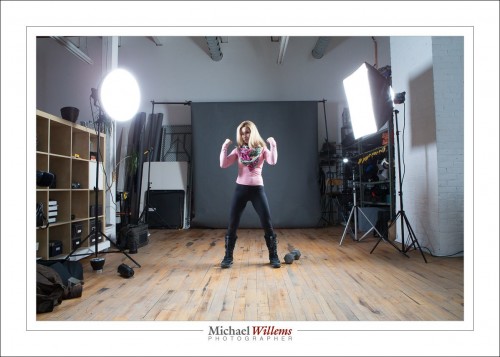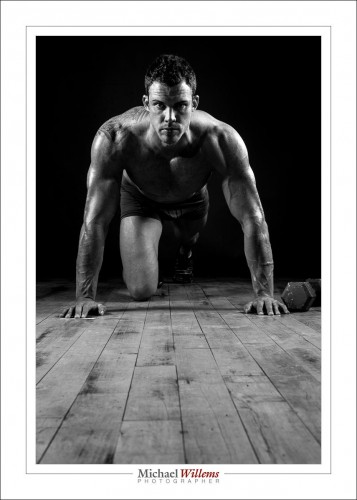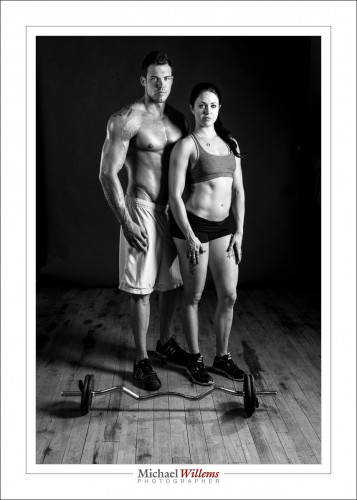Your background is what you want, not what it is.
Huh?
Take this example. My room looks like this, right now.
(0.5 sec, f/8, 200 ISO).
But when I set my camera to 1/250 sec, f/8, 200ISO, I get:
Dark. Even the TV is almost entirely dark.
Why? Because that is what I want. I do not care that the room is pretty well lit; I want it to be dark. So what do I do? High f-number, fast shutter, low ISO. And that gives me not what there is, but what I want.
And when I crop that, decrease saturation, and increase clarity, then I have a low-key portrait.
…which is of course what I wanted all along.
Note that I use two flashes to light me. They are set to manual at 1/4 power, my standard flash setting. I also have a grid mounted on each flash (a Honlphoto grid). These stop the light from spreading through the room. If it did, the room would be visible.
You can have serious fun with one or two flashes and a few radio triggers, and this is how. Make ambient go away , then use flash to light where you want the photo to be lit.

